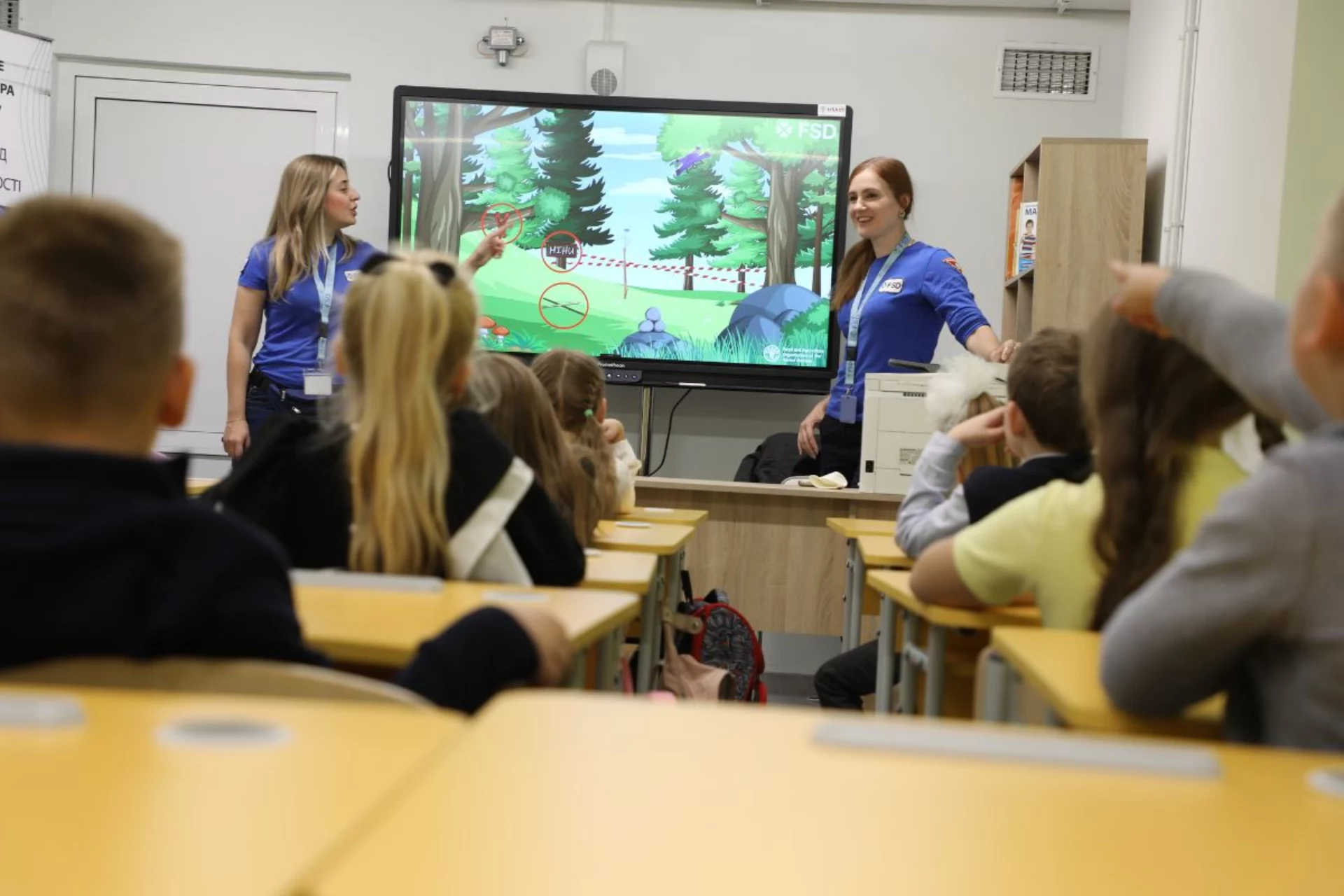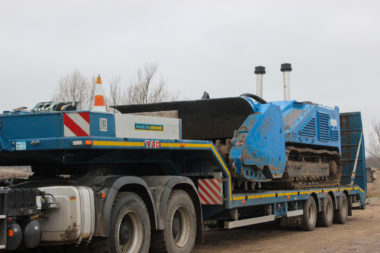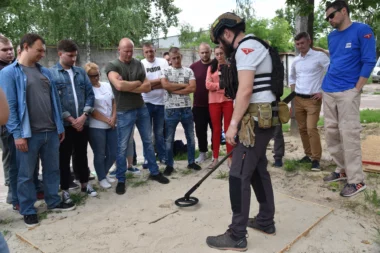We use audience measurement tools (such as Google Analytics 4 and Clarity) via Google Tag Manager to understand how the site is used and to improve it. The data is used for statistical purposes and is not used for targeted advertising.
Accidental explosions: what are the high-risk behaviours?

“Do not touch, do not approach, report it.” Our risk education teams spread this vital message every day to prevent accidents.
While almost one in three countries in the world is contaminated by landmines and explosive remnants of war, thousands of victims are recorded each year. But what are the dangerous behaviours that lead to accidents?
1. Playing in contaminated areas
Curious by nature, children love to explore and pick up anything they find interesting. But in war-torn areas, this curiosity can be dearly paid for. Landmines and explosive items come in a variety of shapes and colours, and some even look like everyday objects. A child may pick up what they believe to be a plastic toy and trigger the explosive device by a simple touch.
Teenagers are also at risk, especially boys, who account for the majority of underage victims. For them, these explosive devices become a challenge, a risky game that they think they can control. They may be tempted to hit them with a stick or set them on fire, causing an explosion that can cost them their lives.
A recent UNICEF study revealed an alarming figure: 53% of Ukrainian teenagers engage in risky behaviours, despite the many warnings about landmines and unexploded ordnance. They know the risks, but still feel above them. Preventive campaigns are more important than ever to remind them that, when faced with explosive remnants of war, they are playing with their lives.
I am especially worried about children who mistake explosive items for toys.
2. Prioritising necessity over safety
In post-conflict contexts, survival often takes precedence over safety from explosive devices. Thus, some farmers whose fields are contaminated choose to take the risks to be able to feed their families, because renouncing to cultivate their land would have other, disastrous consequences. Similarly, those who enter contaminated areas to access resources such as water or firewood, or who scavenge explosive remnants to sell their metal components take extreme risks. These practices, dictated by a desperate economic situation, increase people’s vulnerability. It is critical to make vulnerable people aware of the dangers they face and to offer them alternative solutions that will enable them to meet their needs without exposing themselves to such risks
When speaking with some residents, we realize that, like many Ukrainians, they were not prepared for this new reality.
3. To improvise as a deminer
Some people try to neutralise or move explosive devices by themselves, thinking they have the situation under control. Whether the item is handled, buried or destroyed, it still presents extreme dangers. These behaviours are often fuelled by stereotypes and misconceptions about landmines and explosive remnants of war, such as the idea that a device buried for years would no longer be dangerous, that any landmine can be moved safely, or that anti-tank mines are harmless to handle. Without proper training and equipment, these people are exposed to enormous risks.
It’s not uncommon for people I meet during risk education sessions to tell me, ‘I’m not afraid, I can take care of myself.’ In such cases, it is essential to keep the conversation going and deconstruct these common preconceptions.
The work of our explosive ordnance risk education teams is of the highest importance. They enlighten communities about the dangers surrounding them, dispel erroneous beliefs and teach life-saving information, while waiting for the lands to be finally rid of this silent threat.
View all




QR Codes to Save Lives
In Kharkiv province, Ukraine, residents live every day with the invisible yet very real presence of explosive remnants of war. FSD…
Prevention and risk education

FSD strengthens Ukraine’s mechanical demining capacity with new SECO-funded project
FSD has launched a new project funded by the Swiss State Secretariat for Economic Affairs (SECO) to help the State…
Machines, drones and technology Humanitarian demining Non catégorisé

How to become a deminer?
FSD’s deminers come from all walks of life: farmers, teachers, IT specialists and many others. Many have had their lives…
Humanitarian demining Iraq


